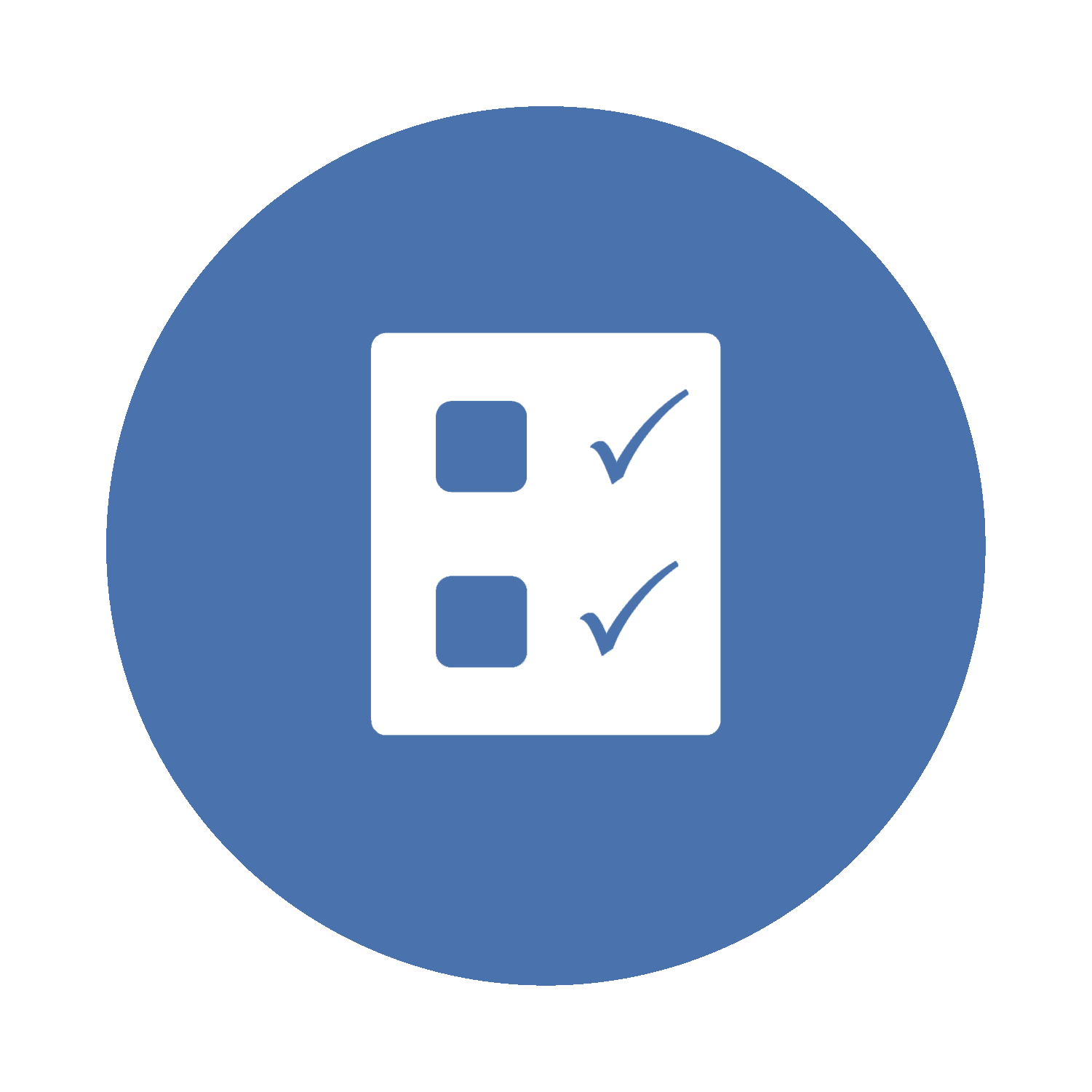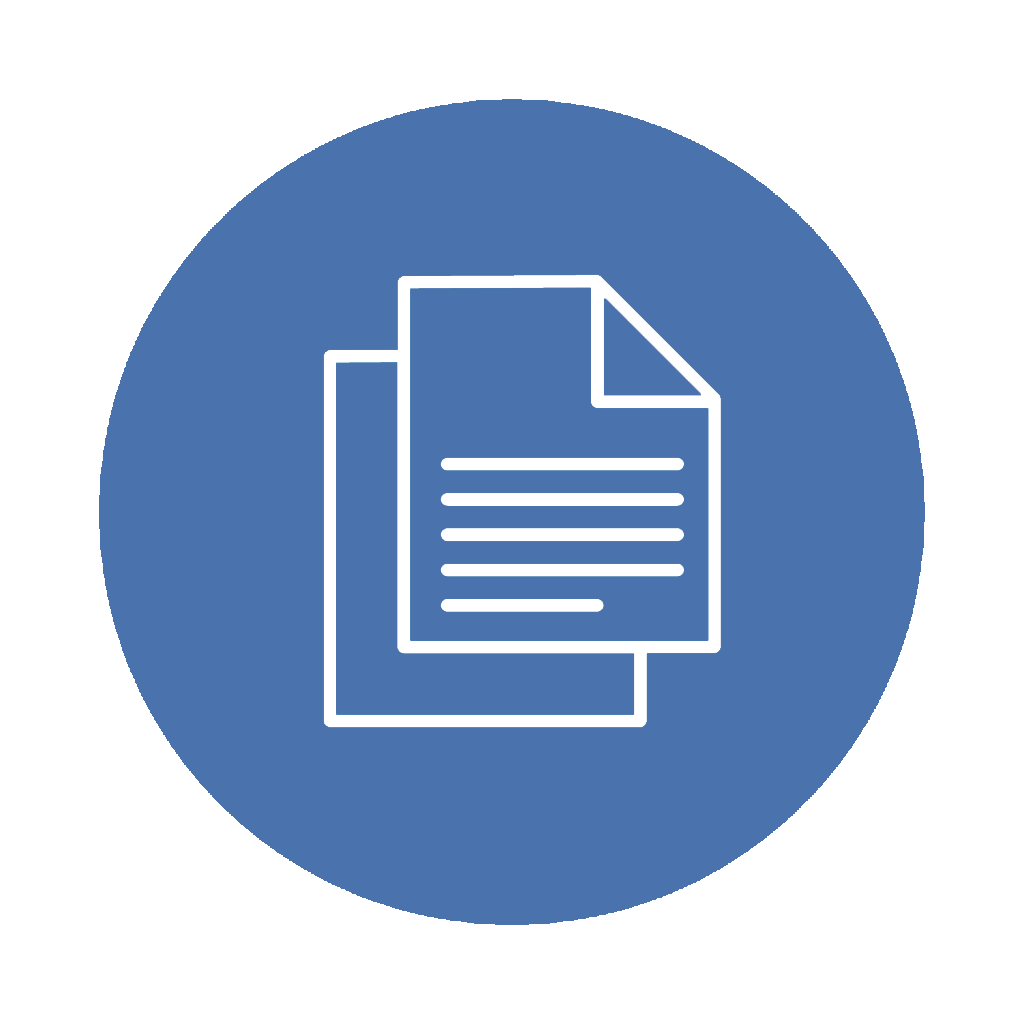07. Communicating and Reporting on IS Audits
07.03. Quality Assurance in IS Audit Reporting

 Briefly reflect on the following before we begin:
Briefly reflect on the following before we begin:
- What role does internal review play in the quality assurance of audit reports?
- Why are clarity, consistency, and coherence necessary in audit reporting?
- What are some best practices for maintaining high-quality audit reports?
As discussed towards the end of the last section, quality assurance in reporting is a cornerstone of effective IS auditing. It ensures that reports are accurate and reliable and meet the highest professional auditing standards.
IS audit reports are the primary means by which auditors communicate their findings, and their quality indicates the thoroughness and professionalism of the audit process. In this section, we will explore the systems and procedures put in place to ensure the accuracy and completeness of audit reports. We will also learn about the challenges of maintaining impartiality and neutrality in audit reporting. This will help us understand the importance of objective reporting and learn strategies to identify and mitigate inherent or acquired biases in auditing.
Next, we will review clarity, consistency, and coherence – the essential qualities that make an audit report understandable and actionable. In doing so, we will cover how to structure reports logically, use language effectively, and maintain a consistent approach throughout the document. The aim is to ensure that reports are clear and concise, making complex information accessible and understandable to various stakeholders. Moreover, feedback (both internal and from clients) is a valuable tool for enhancing the quality of audit reports. We will briefly discuss how to effectively use feedback to refine their reporting skills, leading to continuous improvement in their professional practice.
Internal Review and Quality Controls Procedures
Internal review and quality control procedures form the backbone of ensuring high-quality audit reports because they are integral to the audit process, enhancing the credibility and reliability of the findings. Standard Operating Procedures (SOPs) are documented procedures that guide auditors in conducting and reviewing audits. SOPs ensure consistency in the audit process. They provide a reference point for auditors, ensuring that all necessary steps are followed. SOPs often include templates and checklists for audit reports, which help maintain uniformity in reporting.
Internal review is a critical step that verifies audit findings’ accuracy, completeness, and relevance. A senior auditor or a review team usually conducts this review. On the other hand, quality control refers to the systematic procedures designed to ensure that audits are conducted consistently and standardized. It includes reviewing the audit methodology, testing procedures, and evidence gathering. It ensures that the audit adheres to the established standards and practices. The internal review and quality control responsibility lies with the individual IS auditor and the IS audit team. The lead IS auditor typically oversees the internal review and quality control process. However, all team members have a role in ensuring quality through review. They must adhere to audit standards and procedures and provide accurate and thorough work documentation.
For starters, peer review is a quality control technique where one auditor reviews another auditor’s work. This review provides an independent check on the quality of the audit. Peer reviews help identify areas that the initial auditor might have overlooked. They add an extra layer of scrutiny, improving the overall quality of the audit report. Feedback mechanisms form the counterpart of peer review and are crucial for continuous improvement in audit quality. This includes feedback from the audit team, management, and external reviewers. Feedback helps identify improvement areas in the audit process and the report itself. It is a vital component of the quality control process.
Maintaining robust documentation, periodic training, and self-assessment are the three core components that shape the overall effectiveness of an IS audit function’s internal review and quality control framework. Documentation is another crucial aspect of quality control as it provides evidence of the audit work performed and the conclusions reached. Documentation should be clear, concise, and comprehensive. It should include details of the audit procedures used, evidence obtained, and the rationale for the findings. Training is vital for maintaining high standards in quality control. Auditors should receive regular training on audit standards, methodologies, and quality control procedures. This training ensures that auditors are well-equipped to produce high-quality audit reports. Finally, the effectiveness of quality control procedures must be evaluated regularly. This evaluation can be done through internal assessments, external audits, or benchmarking against industry standards. The goal is to identify areas where the quality control process can be improved.
Addressing Bias and Ensuring Objectivity
Bias refers to any tendency that prevents unprejudiced consideration of a question and can stem from personal beliefs, experiences, or external influences. In IS auditing, biases can affect the auditor’s judgment, leading to skewed findings or conclusions. Recognizing the potential for bias is the first step in addressing it. Several types of bias can impact IS audits. Confirmation bias, for instance, occurs when auditors seek out information that confirms their preconceptions. Another example is anchoring bias, where auditors rely too heavily on the first piece of information they receive. Understanding these and other biases helps in mitigating their impact.
To maintain objectivity, IS auditors must undergo thorough training in recognizing and managing biases, seeking diverse perspectives, and implementing structured decision-making processes. Auditors should also be aware of their predispositions and actively challenge their assumptions. Similarly, independence is crucial in ensuring objectivity in IS auditing. Freedom requires that IS auditors are free from conflicts of interest that could bias their judgments. It involves actual independence and the appearance of independence to maintain credibility.
Professional audit standards also emphasize the importance of impartiality and independence in the audit process. Adhering to these standards helps auditors to recognize and mitigate biases in their work. Similarly, checklists and templates can help standardize the audit process, reducing the risk of subjective judgments. These tools ensure that all relevant factors are considered in the audit, minimizing the possibility of overlooking important aspects due to bias. Moreover, ongoing education and training cover the various types of biases and strategies to mitigate them to help IS auditors stay current on best practices and professional expectations. Periodically, feedback from clients and stakeholders can provide insights into potential biases in the audit process. Engaging with diverse stakeholders helps understand different perspectives, reducing the likelihood of biased conclusions.
Creating a culture that values and promotes objectivity is essential in IS auditing. It encourages openness, critical thinking, and a willingness to challenge assumptions. It also recognizes the human tendency towards bias and actively mitigates it.
Clarity, Consistency, and Coherence in Reporting
The effectiveness of an IS audit report is primarily defined by its clarity, consistency, and coherence, as these attributes are essential for ensuring that the report accurately and understandably communicates its findings to the intended audience.
Clarity
Clarity refers to presenting information in a straightforward and comprehensible manner. It is crucial to help stakeholders understand audit findings, conclusions, and recommendations clearly and without ambiguity. Achieving clarity involves using simple language, structuring sentences well, and ensuring a logical information flow. To attain this clarity, auditors should use plain language, avoid technical jargon, or clearly define technical terms when necessary. The report should be structured logically, starting with an executive summary, then detailed findings, and concluding with recommendations.
Consistency
Consistency in reporting is about maintaining uniformity in style, format, and content throughout the report. This uniformity aids comprehension and enhances the report’s professional appearance. Consistency is achieved using uniform terminology, formatting styles, and presentation techniques. A standard reporting template can be instrumental in ensuring consistency. This template should include predefined sections, headings, subheadings, and consistent use of fonts, bullet points, numbering, and other formatting elements.
Coherence
Coherence in information presentation involves organizing information logically and smoothly. A coherent report is structured so that each section naturally leads to the next, making it easy to follow and understand. Audit findings should be linked directly to the audit objectives and criteria to ensure coherence, demonstrating the relevance of the findings and supporting the conclusions drawn in the report.
Visual aids like charts, graphs, and tables can enhance clarity and coherence by visually representing data, making complex information more digestible. However, these aids must be labeled and relevant to their accompanying text. Consistency in data presentation is also essential, using uniform units of measurement, scales, and data categories throughout the report to prevent confusion and misinterpretation. Editing and proofreading are critical steps to ensure clarity and consistency. This involves checking for grammatical errors, ensuring uniformity in language and style, and verifying the absence of contradictions in the report. Feedback from peers, supervisors, and report recipients provides insights into how the report is perceived and identifies areas for enhancement.
Utilizing Feedback for Continuous Improvement
Continuous improvement is essential, and effectively utilizing feedback is a crucial strategy for enhancing the quality of IS audit reports and the overall audit process. Properly harnessed feedback can lead to improved practices, higher-quality reporting, and more effective audits.
Feedback in IS auditing is invaluable, providing insights into the effectiveness and impact of audit reports. It can originate from diverse sources, including audit clients, stakeholders, peers, and supervisors, helping to pinpoint improvement areas and affirming the strengths of the audit process. The primary sources of feedback in IS auditing are audit clients, team members, supervisory staff, and external reviewers, each offering unique perspectives that contribute to a well-rounded understanding of the audit process’s effectiveness. It will help reinforce a culture that promotes open communication and continuous learning, encouraging auditors to view constructive criticism as a tool for enhancement. Effective feedback mechanisms include formal surveys, interviews, review meetings, and comment sections in audit reports. Digital platforms can also play a role in feedback collection, providing anonymity and encouraging more honest responses. Once collected, feedback must be carefully analyzed and interpreted, distinguishing between subjective opinions and objective critiques to identify trends and common themes indicating areas needing improvement. Integrating input into the audit process involves systematically revising methodologies, techniques, and reporting practices and aligning them with the audit’s objectives and standards.
Continuous improvement in IS auditing should follow a cyclical process: planning, doing, checking (via feedback), and acting (making improvements). This cycle ensures that feedback leads to tangible changes and enhancements in the audit process. Documenting changes and their rationale is essential for tracking improvements and forming a basis for future audits. Feedback can also guide auditors in updating their technical knowledge and skills, keeping them proficient in the latest technologies and audit techniques. Balancing positive and constructive feedback is essential; positive feedback reinforces good practices and boosts morale, while constructive feedback focuses on areas of improvement. Feedback can enhance stakeholder engagement, as understanding stakeholders’ perspectives helps better tailor audit processes and reports to meet their expectations. Additionally, feedback can be valuable in risk management, identifying potential risks in the audit process and developing strategies to mitigate these risks.
 In the Spotlight
In the Spotlight
For additional context on the best practices in crafting IS audit reports, please read the article “Audit Report Best Practices” [opens a new tab].
Vicente, V. (2023). Audit report best practices. AuditBoard. https://www.auditboard.com/blog/4-key-resources-effective-audit-reporting/
 Key Takeaways
Key Takeaways
Let’s recap the key concepts discussed in this section by watching this video.
Source: Mehta, A.M. (2023, December 6). AIS OER ch 07 topic 03 key takeaways [Video]. https://youtu.be/N9B4uSqYRJU
 Knowledge Check
Knowledge Check
 Review Questions
Review Questions
- Explain the significance of using Standard Operating Procedures (SOPs) in the internal review and quality control processes of IS auditing.
- Describe how IS auditors can mitigate the impact of confirmation bias during an audit.
- Discuss the importance of balancing detail and brevity in IS audit reporting for clarity.
- How does client and stakeholder feedback contribute to the continuous improvement of IS audit processes?
 Mini Case Study
Mini Case Study
Scenario: You are an IS auditor auditing an organization’s new information system. During the audit, you discover a significant security vulnerability that could lead to a data breach. However, the IT manager insists this issue is minor and should not be emphasized in the audit report. He argues that highlighting this vulnerability could cause unnecessary panic and undermine confidence in the IT department. You have a meeting scheduled with senior management to discuss your preliminary findings.
Question: Based on this scenario, how should you handle the situation considering the principles of clarity, consistency, coherence in reporting, addressing bias and ensuring objectivity?
The process of involving those impacted by the audit in various stages of the audit process.

